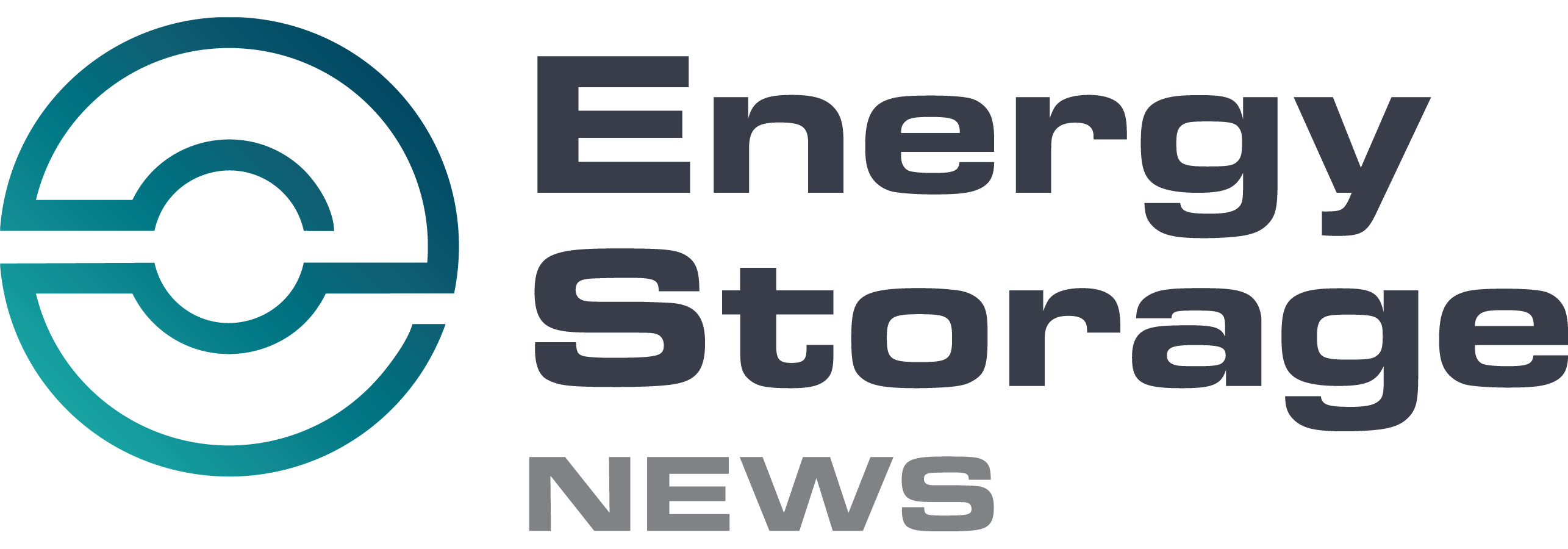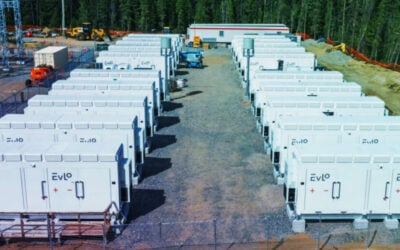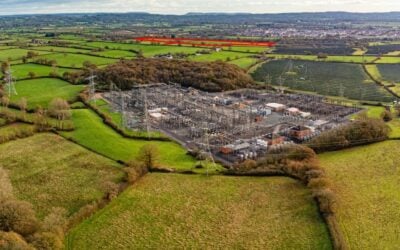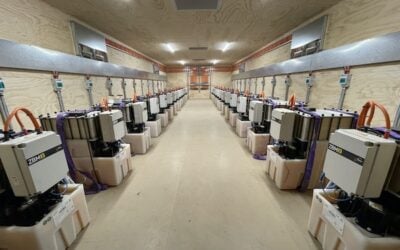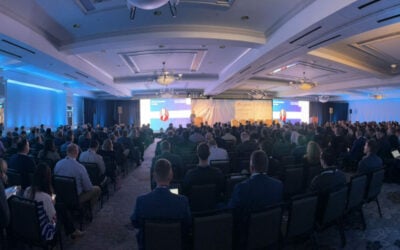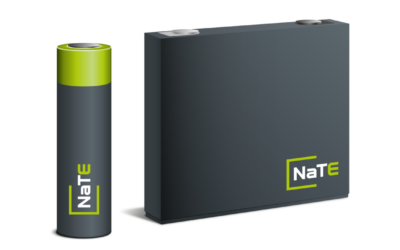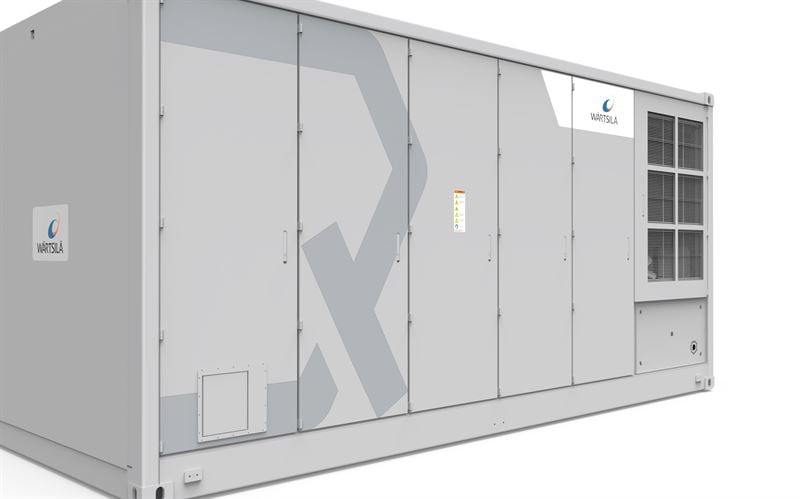
Wärtsilä’s new Quantum 2 containerised battery energy storage system (BESS) solution is aimed at meeting “customers’ varying needs,” the company has said.
Last week, Wärtsilä Energy Storage & Optimisation (Wärtsilä ES&O) launched Quantum 2, which balances higher energy density and compact design for ease of transportation to project sites while being designed to meet increasing market demands for fire safety assurance.
Enjoy 12 months of exclusive analysis
- Regular insight and analysis of the industry’s biggest developments
- In-depth interviews with the industry’s leading figures
- Annual digital subscription to the PV Tech Power journal
- Discounts on Solar Media’s portfolio of events, in-person and virtual
Or continue reading this article for free
Following on after GridSolv Quantum, which has been available since 2020, Quantum 2 “is designed to provide cost and performance benefits for large-scale (2- to 8-hour applications) energy storage deployments,” a Wärtsilä ES&O spokesperson told Energy-Storage.news.
Its key features include a more streamlined design to enable compact project layouts at high energy density sites, conforming to ISO standards for 20-ft containers. It comes with IP67-rated, liquid-cooled lithium-ion (Li-ion) battery modules pre-installed and factory-tested, and the equipment conforms to key safety standards such as NFPA855.
Coming just after the November launch of another Wärtsilä ES&O product, Quantum High Energy (Quantum-HE), Energy-Storage.news asked about the reasoning for releasing two new products in the range within a short space of time.
The two are designed for different applications, the spokesperson said.
“Quantum-HE is an evolution of the original Quantum modular enclosure that is “best suited for adding energy density in increments, meeting exact energy density requirements (which is important for smaller project sites), and ease of augmentation by DC shuffling, thanks to the product’s modularity.”
Quantum-HE supports the new higher energy density 306Ah cell format and meets new safety standards, including NFPA855 2023. With design improvements made based on customer feedback, as Energy-Storage.news recently reported, the first field deployment for Quantum-HE will be at a 300MW/600MWh BESS site in Scotland, UK, for developer-investor Zenobe Energy.
Meanwhile, Quantum 2 features a much larger enclosure than Quantum and Quantum-HE. The solution’s key advantages are its ease of transportation, minimising the number of units to be serviced and handled – which, conversely to Quantum-HE, is more suited to much larger project sites – and reducing the amount of land required for those bigger projects, the spokesperson claimed.
Product ‘ideal’ for sites with moisture and dust concerns
Quantum 2 also features new thermal and humidity controls, which are: “an example of continued design optimisation,” according to the company.
That includes a hybrid cooling system which is customisable so that HVAC equipment can be added, if desired to the built-in chiller. Humidity controls, in particular, can be critical for managing safety concerns, ensuring performance efficiencies, preventing corrosion and protecting electrical components. These could be of greater concern in some projects and geographies than in others.
“Some customers see high auxiliary power costs for the chiller in times where the amount of auxiliary power draw is not necessary,” the spokesperson said.
“For example, during commissioning when units are non-operational, the generator sets to support the chiller come at far greater cost and fuel than those needed to support the HVAC. In this scenario, the hybrid cooling system can meaningfully reduce commissioning costs while also offering dehumidification.”
Other customers who do not share these concerns can opt for the standard product, which uses dehumidifier equipment alone for humidity control.
As with all Wärtsilä ES&O BESS products, the new solution runs on the company’s GEMS Digital Energy Management Platform. The software-driven energy management system (EMS) can be updated across fleets and portfolios while providing a single communication interface for everything from monitoring and control to battery performance, health and safety.
While Quantum 2 “has significantly improved installation time over the previous Quantum products, driven by its larger, standard size and the fewer total number units to handle at site,” it also is the first in the Quantum range to meet the International Convention for Safe Containers (CSC) ISO standard for a 20-ft enclosure, which the company said means Quantum 2 can be transported by “standard sea and road shipment methods without the use of special handling equipment”.
Finally, the advantages of the IP67-rated battery modules going to customer sites fully tested and pre-installed are numerous, the spokesperson claimed, minimising the risks associated with the onsite installation process.
An IP67 rating means there is ingress protection from both solids and liquids, making the battery “ideal” for use in scenarios where moisture and dust are a concern. Being fully pre-installed also means no need to open enclosure doors for extended periods during installation.
Dust getting inside BESS enclosures could ultimately cause thermal runaway in cells by penetrating their shells and short-circuiting if the dust or debris comes between two battery cells swollen during the charge-discharge cycles.
With some of the fires at BESS projects that occurred during 2023 caused by water ingress, the higher rating to IP67 would prevent such incidents, the spokesperson added.
Parent company Wärtsilä is currently conducting a strategic review of its ownership of the energy storage business, which has begun turning a profit in recent quarters but is considered a secondary concern to the company’s other divisions, which include engine power plants and marine propulsion technologies.
